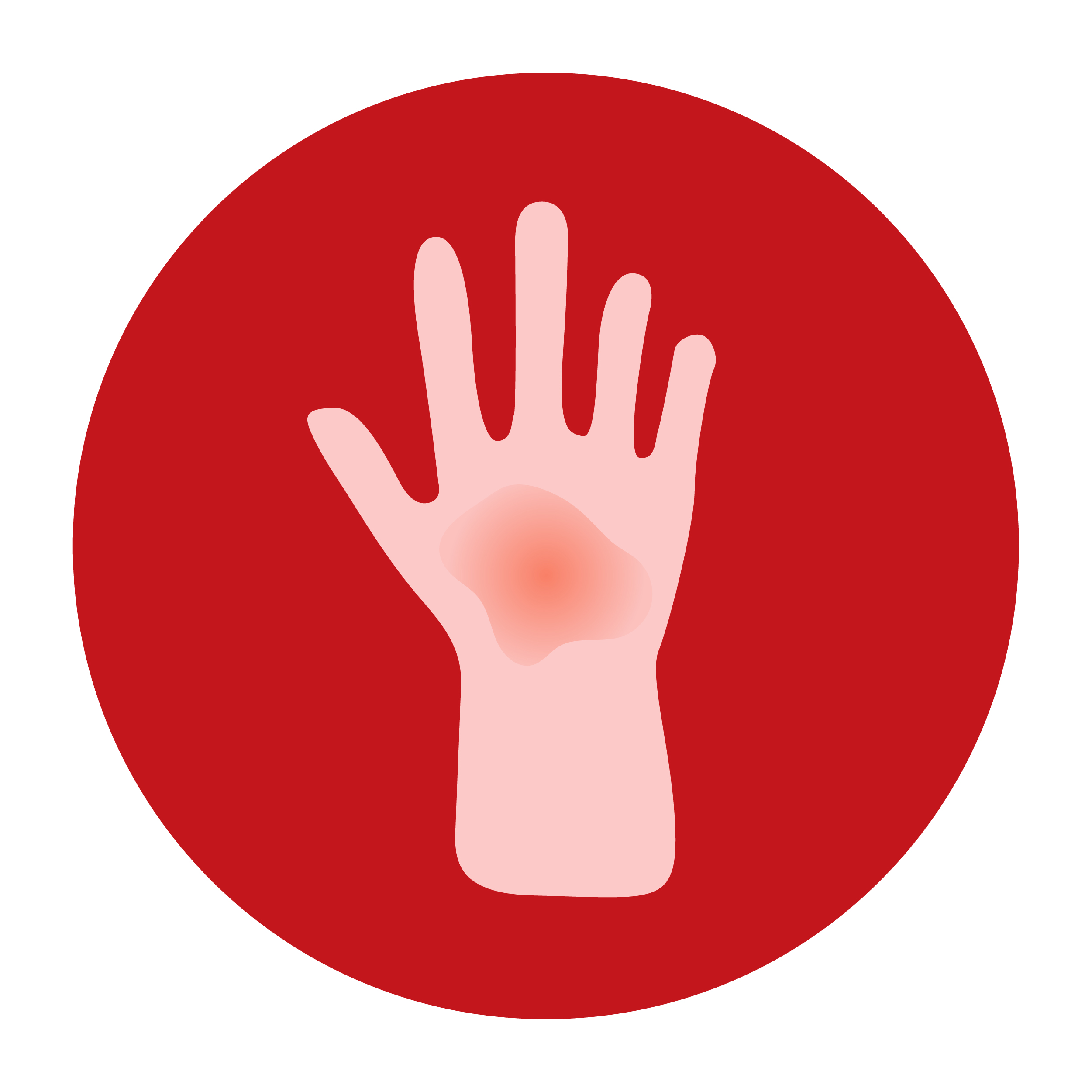The Four Degrees of Burns
What are the Different Degrees of Burns?
Burns are classified on both their surface penetration and severity. They can be labeled as first, second, third, or fourth-degree. It is important to remember that many of the causes of burns remain the same for each degree. What separates them is the extent of the damage caused by the burn.
First-Degree Burns

A first-degree burn, also known as a mild or superficial burn, affects the first layer of skin and is the least harmful of the burn types. Although first-degree burns are seldom severe, they can become quite painful, at which point you should seek professional medical assistance.
Causes of First-Degree Burns
- Exposure to sunlight without sunscreen
- Making skin contact with hot water/liquids
- Touching a hot object such as a curling iron
Second-Degree Burns

Second-degree burns, also referred to as partial-thickness burns, are marked by pain, blistering and superficial destruction of the outer and lower layers of skin (dermis). As a result, second-degree burns develop blisters and become extremely red and sore, differentiating the severity level from first-degree burns.
Causes of Second-Degree Burns
- Severe sunburns
- Kitchen accidents involving a stove or oven
- Exposure to fire
- Making skin contact with boiling water /liquids

Third-Degree Burns

Third-degree burns, also referred to as full-thickness burns, severely damage all layers of the skin – often times destroying them completely. As a result, third-degree burns are typically marked by leathery-white, blackened, or charred skin and can be relatively painless due to the destruction of nerve endings. Third-degree burns always require immediate medical attention and should never be self-treated.
Causes of Third-Degree Burns
- Making skin contact with scalding water/liquid
- Touching a hot object for an extended amount of time
- Interaction of the skin with a flame for an extended amount of time
- Electrical sources
- Chemical sources
Fourth-Degree Burns

Fourth-degree burns are the deepest and most severe burn. They’re potentially life-threatening and require immediate medical attention. These burns destroy all layers of your skin, as well as your bones, muscles, and tendons.
Causes of Fourth-Degree Burns
Although fourth-degree burns are primarily the result of large fires and dangerous chemicals, other sources include:
- Oven or stove
- Campfires and fireplaces
Sources:
University of Rochester Medical Center | WebMD | American Society for Surgery of the Hand | Price Benowitz LLP | Healthline Media

